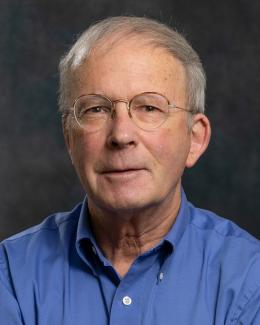Abstract
The instability that was previously identified (Gorelenkov 2009 Phys. Plasmas 16 056107) as a fast-ion driven beta-induced Alfvén-acoustic eigenmode (BAAE) in DIII-D was misidentified. In a dedicated experiment, low frequency modes (LFMs) with characteristic 'Christmas light' patterns of brief instability linked to the safety factor evolution occur in plasmas with electron temperature Te gsim 2.1 keV but modest beta. To isolate the importance of different driving gradients on these modes, the electron cyclotron heating (ECH) power and 80 keV, sub-Alfvénic neutral beams are altered for 50–100 ms durations in reproducible discharges. Although beta-induced Alfvén eigenmodes and reversed-shear Alfvén eigenmodes stabilize when beam injection ceases (as expected for a fast-ion driven instability), the LFMs that were called BAAEs persist. Data mining reveals that characteristic LFM instabilities can occur in discharges with no beam heating but strong ECH. A large database of over 1000 discharges shows that LFMs are only unstable in plasmas with hot electrons but modest overall beta. The experimental LFMs have low frequencies (comparable to diamagnetic drift frequencies) in the plasma frame, occur near the minimum of the safety factor qmin, and appear when qmin is close to rational values. Theoretical analysis suggests that the LFMs are a low frequency reactive instability of predominately Alfvénic polarization.


